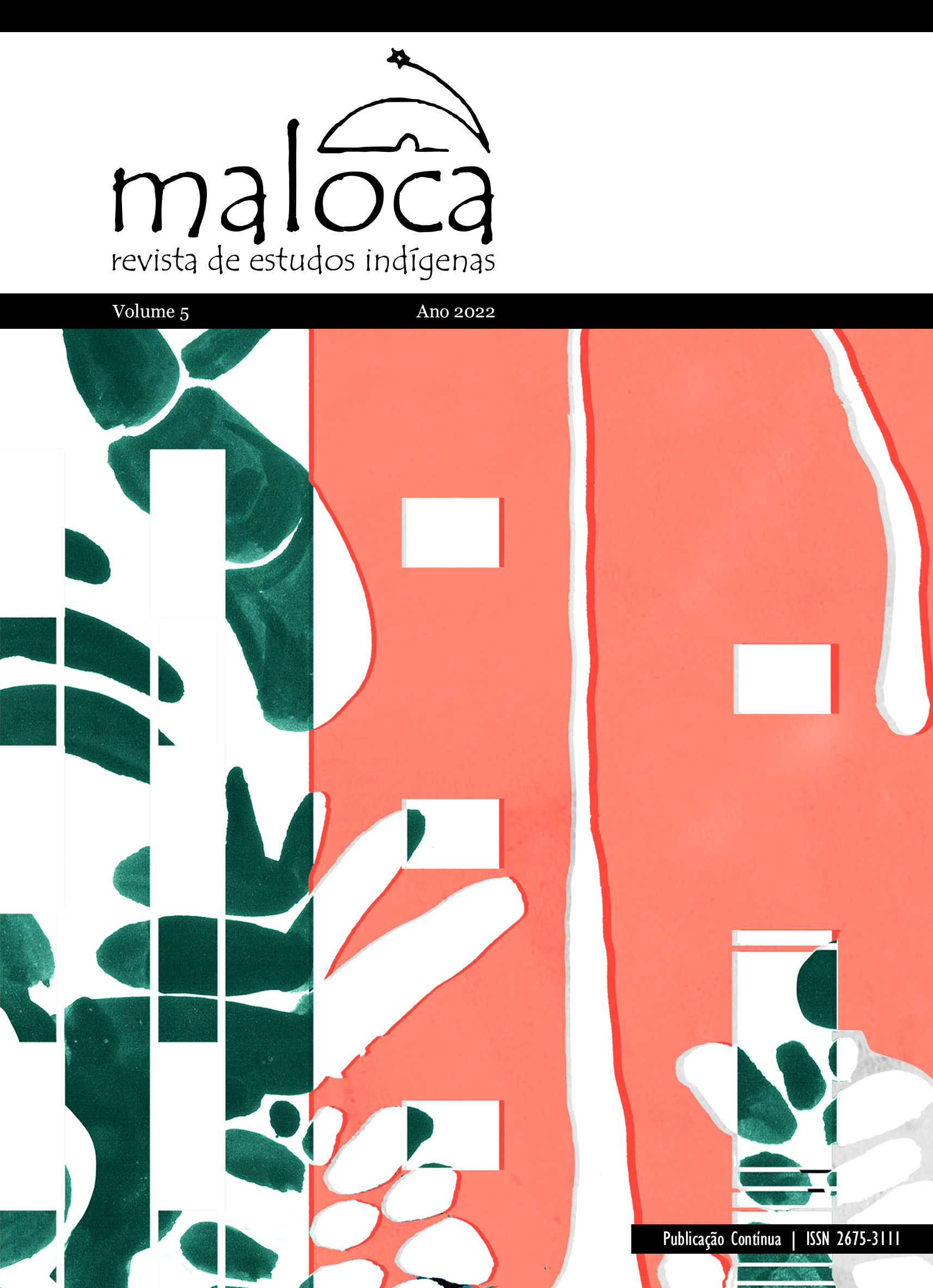Abstract
Vegetation is a strategy that emerges as a singular proposal to inhabit, create and make the world. Privileging the relationship between humans and other than humans, such as plants, animals, minerals and objects, is to highlight the potential of indigenous cosmovisions that question the assumptions and dualisms present in the Western perspective. Studies in contemporary ethnology, and especially in the Amazonian debate, were mainly marked by the human-animal relationship (Lima, 1996; Viveiros de Castro, 2002; Fausto, 2008). Although previous works, especially by women researchers, have highlighted the importance of plant images (Lea, 1986; McCallum, 1996; Farage, 1997; Lagrou, 2007; Carneiro da Cunha, 2007, among others), this topic has only recently gained prominence. in ethnological debates. To think about the plants of and in the relationship is to understand them from another ontology, which does not dichotomize living organisms in the environment, but privileges the action of mixing, crossings and transformation as a modus operandi to be in and with possible worlds.
References
Bonilla, Oiara. 2007. Des proies si désirables. Soumission et prédation pour les Paumari d´Amazonie brésilienne. Tese de Doutorado, Nanterre, Université de Paris X.
Cabral de Oliveira, Joana. 2012. Entre plantas e palavras. Tese de doutorado, Universidade de São Paulo, São Paulo.
Cabral de Oliveira, Joana. 2020. Vozes Vegetais: diversidade, resistências e histórias da floresta. Editora Ubu: São Paulo.
Carneiro da Cunha, Manuela. 2007. Relações e dissensões entre saberes tradicionais e saber científico. Revista USP, São Paulo, n.75, p. 76-84, setembro/novembro.
Cadena, Marisol de la. 2018. Natureza incomum: histórias do antropo-cego. Revista Do Instituto De Estudos Brasileiros, (69), 95-117. https://doi.org/10.11606/issn.2316-901X.v0i69p95-117.
Farage, Nádia. 1997. As flores da fala: práticas retóricas entre os Wapishana. Tese de doutorado, USP, São Paulo.
Fausto, Carlos. 2008. “Donos demais: maestria e domínio na Amazônia”. Mana, vol. 14/2, 329-366.
Lagrou, Els. 2007. A fluidez da forma: arte, alteridade e agência em uma sociedade amazônica (Kaxinawa, Acre). Rio de Janeiro: TopBooks.
Lea, Vanessa. 1986. Nomes e nekrets Kayapo: uma concepção de riqueza. Tese de doutorado, UFRJ, Rio de Janeiro.
Lima, Tânia Stolze. 1996. “O dois e seu múltiplo. Reflexões sobre o perspectivismo em uma cosmologia Tupi”. Mana 2(2), 21-47.
Maizza, Fabiana. 2014. “Sobre as crianças-planta: o cuidar e o seduzir no parentesco Jarawara”. Mana 20 (3): 491-518.
McCallum, Cecilia. 1996. “Morte e pessoa entre os Kaxinawá”. Mana 2(2): 49-85.
Shiratori, Karen. 2019. “O olhar envenenado: a perspectiva das plantas e o xamanismo vegetal Jamadi (Médio Purus, AM)”. Mana 25 (1): 159-188.
Viveiros de Castro, Eduardo. 2002. A inconstância da alma selvagem. São Paulo: Cosac & Naify.

This work is licensed under a Creative Commons Attribution-NonCommercial-ShareAlike 4.0 International License.
Copyright (c) 2022 Arianne Rayis Lovo, Karine Assumpção


